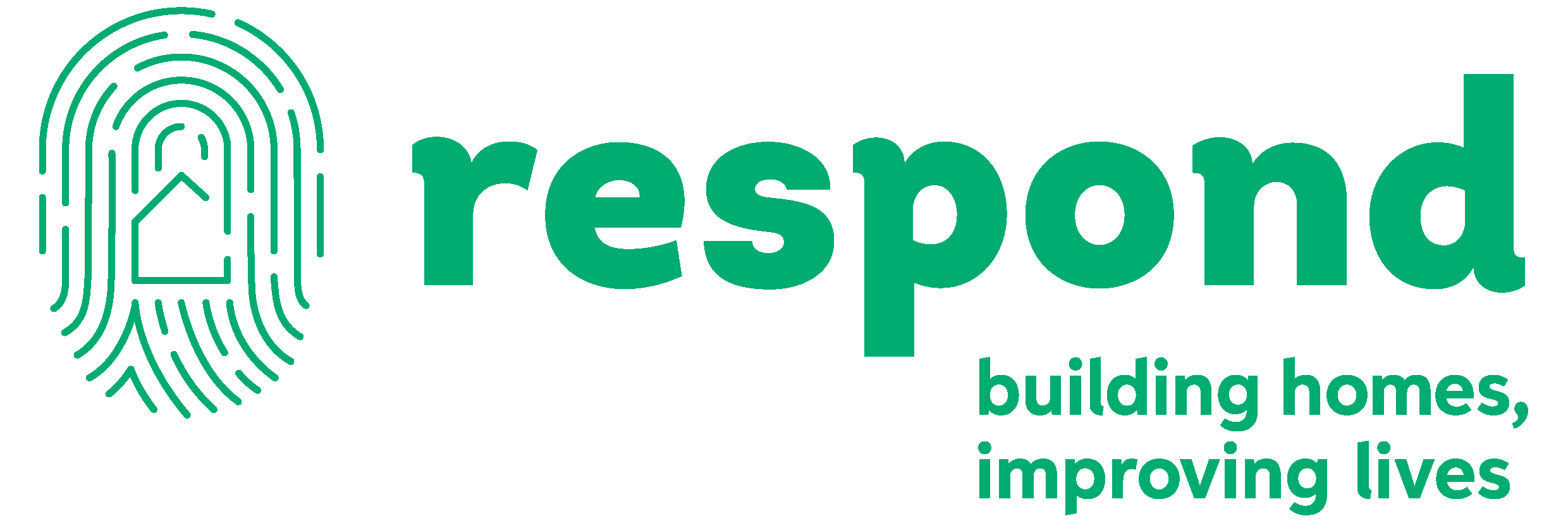Respond: Continuous improvement

Respond CEO Declan Dunne outlines the organisation’s new Strategic Plan, raising the ambitions of social and affordable housing delivery and responding to increased challenges to people in need through their services.
Respond began work as a social housing provider (Approved Housing Body) but recognised early on that housing does not exist in isolation but as part of a wider community. They now provide family homeless services, early learning and school-age care, refugee resettlement services, daycare for older people and family support services alongside their work as an Approved Housing Body, delivering homes and services all around the country.
Respond currently have 1,422 homes in construction. In the last two years, the world has changed considerably. In acknowledgement, Respond undertook a mid-term review of their Strategic Plan 2019-2023 to ensure they remain agile in responding to the changing external environment and have published an updated plan covering the period from 2022 to 2024.
Respond, a listening and learning organisation, have several programmes of continuous improvement that work across the organisation. They are partnering with the Global Brain Health Institute (GBHI) in Trinity College, collaborating to enhance the brain health of tenants, service users and staff. The housing team, who work with tenants and manage Respond homes, has been working with the Centre for Effective Services (CES) to redesign how Respond deliver services to tenants. This work will create a new way of working to ensure the organisation is delivering consistent, focused services to all tenants where needs vary greatly. The [property] development team is creating a new evidence-informed design guide that will to support the continued delivery of high quality housing.
Declan Dunne, CEO of Respond, says the organisation is very aware that they are producing this Strategic Plan at a time when uncertainties and risks abound.
“Building on our years of achievement and experience, we are setting out the direction in which we want to go and where we will be focusing our efforts. We realise that the implementation of the strategies we have set out will be challenging but we are encouraged by the unprecedented recognition given to the role of the AHB sector by the Government’s Housing for All plan and the commitment to multiannual capital budgets for housing provision.
“We also welcome the increased resources and reforms in the childcare sector which will improve the life chances of many children across society.
“Our plan originally included the ambitious target of providing 2,500 homes from 2019 to 2023.
The Board has agreed that we should work to increase this target to deliver up to 1,000 social homes and 250 cost rental home by 2024. We are strongly committed to increasing the national housing stock through direct construction.
“An important goal in the strategic plan is to provide housing for the large segment of the population for whom the marketplace is too expensive and who do not qualify for social housing. We are pleased to be giving leadership in the provision of affordable, cost rental homes and will continue to work with government to ensure we have a financially sustainable model for this tenure type into the future.”
Dunne says implementation of the Strategic Plan will adapt the successful approach used to date to capture learnings: “The focus will be on turning the goals and strategies into actions to achieve desired outcomes and identifying key roles, responsibilities, and interdependencies.
“Respond’s raison d’être is to support people who are in need. We are determined to do everything we can, in terms of resources and competencies, be it in relation to housing, childcare or other services and that is exactly what this Strategic Plan supports us to do.”

T: 01 808 7700
E: info@respond.ie
W: www.respond.ie





